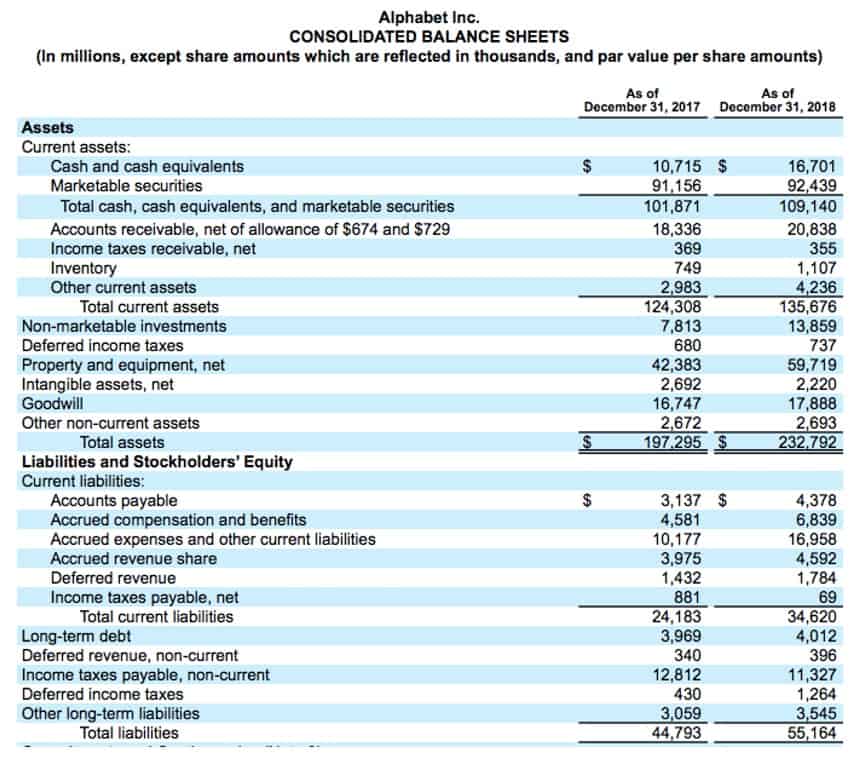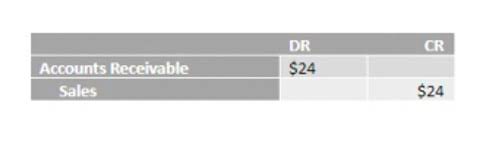
Accountants and financial professionals play a vital role ledger account in maintaining the integrity of these accounts and providing meaningful insights for decision-making purposes. For example, let’s consider the purchase of inventory for a retail store. The inventory account is an asset account, so the entry to record the transaction must increase its balance. On the other hand, the retail store operates on a credit basis or owes money to its suppliers.

Revenues and gains are usually credited
Expert guide to accounting reserve account management & fund allocation strategies for businesses, optimizing financial efficiency & growth. A credit balance in Accounts Payable indicates the amount owed to vendors, which is a normal and expected scenario. For example, you can usually find revenues and gains on the credit side of the ledger.
Claim $20 Off PRO Plus

It’s important to note that the specific accounts may vary depending on the nature of the business and industry. However, understanding these examples provides a fundamental understanding of how different accounts with normal credit balances are categorized. Now that we have a basic understanding of credit balances, let’s explore the different types of accounts that typically have normal credit balances.
- This means that if a debit is applied to any of these accounts, the account balance has decreased.
- Business owners, investors, creditors, and other stakeholders rely on accurate and well-prepared financial statements to make informed decisions about a company.
- The format of the accounting equation (or basic accounting equation or bookkeeping equation) is identical to the format of the balance sheet.
- All information published on this website is provided in good faith and for general use only.
- So for example a debit entry to an asset account will increase the asset balance, and a credit entry to a liability account will increase the liability.
- Understanding the concept of normal credit balances and the different types of accounts that fall into this category is essential for individuals and businesses navigating the world of finance.
Understanding Credit Balances
A credit balance occurs when the credits exceed the debits in an account. In accounting and bookkeeping, a credit balance is the ending amount found on the right side of a general ledger account or subsidiary ledger account. By adhering Record Keeping for Small Business to these balances, individuals and businesses can meet accounting standards, maintain financial stability, and establish transparency with stakeholders. A credit balance in a liability account like Accounts Payable, on the other hand, indicates the amount owed to vendors. In general, a debit balance in a liability account is not normal and should be investigated to ensure accuracy. Equity accounts, including Common Stock, Paid-in Capital in Excess of Par Value, and Retained Earnings, also have a natural credit balance.


Credit balances typically represent liabilities, such as loans, credit card balances, or accounts payable. When a payment is made towards a liability, the credit balance decreases, while a debit entry increases the balance. On the other hand, assets, equity, and income accounts usually have debit balances, which are recorded on the left side of a T-account. Understanding the different types of accounts is crucial for accurate financial reporting and decision-making. Now let’s focus specifically on the accounts that typically have normal credit balances.
Which account has usually debit balance?
- After reviewing the feedback we received from our Explanation of Debits and Credits, I decided to prepare this Additional Explanation of Debits and Credits.
- A credit balance in a liability account like Accounts Payable, on the other hand, indicates the amount owed to vendors.
- The balance sheet accounts are referred to as permanent because their end-of-year balances will be carried forward to the next accounting year.
- He has been the CFO or controller of both small and medium sized companies and has run small businesses of his own.
- It is important to note that the terms “credit” and “debit” do not have the same meaning as in everyday usage.
Again, you need to understand accounts with normal credit balances include that the $500 credit entry to Consulting Revenues is causing a $500 increase in a permanent account that is part of owner’s equity or stockholders’ equity. By correctly classifying accounts with a normal credit balance on the financial statements, users can assess the financial performance and stability of a company. Higher amounts in revenue accounts indicate healthy sales and income generation, while higher amounts in liability and equity accounts may indicate higher levels of obligations and external funding.
- By adhering to these balances, businesses can make informed decisions, maintain healthy relationships with stakeholders, and work towards long-term financial sustainability.
- These accounts play a crucial role in proper financial reporting and decision-making.
- Accounts that normally have a debit balance include assets, expenses, and losses.
- Credit balances typically represent liabilities, such as loans, credit card balances, or accounts payable.
- Double Entry Bookkeeping is here to provide you with free online information to help you learn and understand bookkeeping and introductory accounting.
Maintaining normal credit balances offers numerous benefits, including accurate financial reporting, effective cash flow management, and better investor relations. It allows businesses to track their liabilities, equity, and revenue accurately, providing a clear picture of their financial health. It’s important to note that while these accounts have normal credit balances, they can still be affected by debit entries.
Normal Balance

Normal balance is the side where the balance of the account is normally found. Asset accounts normally have debit balances, while liabilities and capital normally have credit balances. Overall, maintaining normal credit balances provides financial stability, accurate reporting, and effective management of liabilities, equity, and revenue. By adhering to these balances, businesses can make informed decisions, maintain healthy relationships with stakeholders, and work towards long-term financial sustainability. Before delving into the accounts that have normal credit balances, let’s take a moment to understand the concept of credit balances in the context of accounting.
Compare current account and saving account options to find the best fit for your financial needs, goals, and lifestyle. Teresa Halvorson is a skilled writer with a passion for financial journalism. Her expertise lies in breaking down complex topics into engaging, easy-to-understand content. With a keen eye for detail, Teresa has successfully covered a range of article categories, including currency exchange rates and foreign exchange rates.



